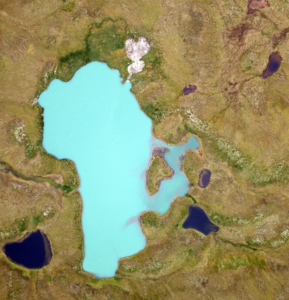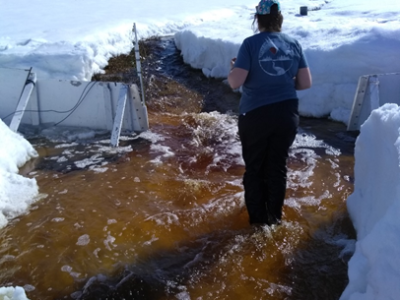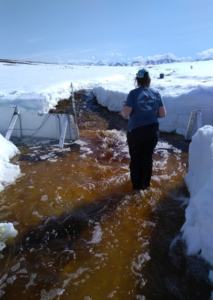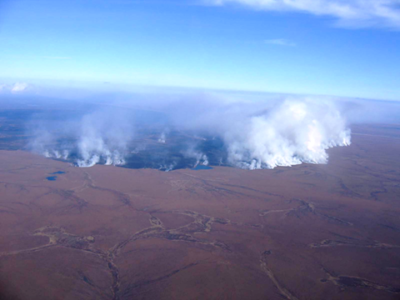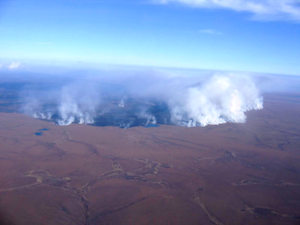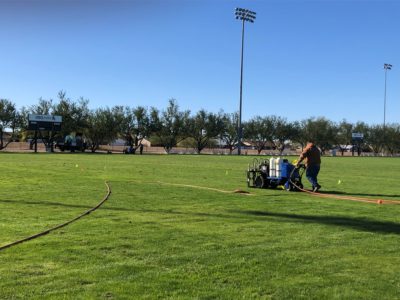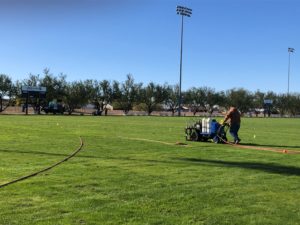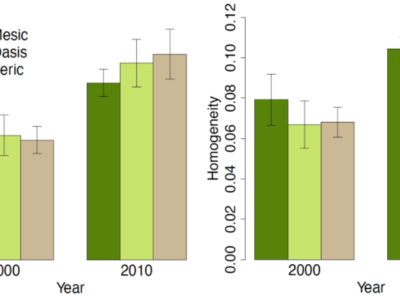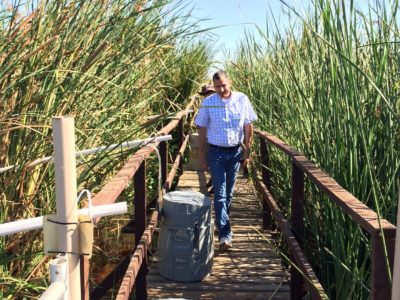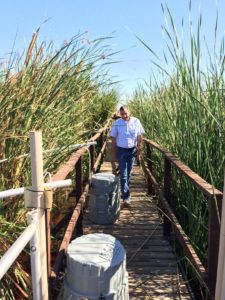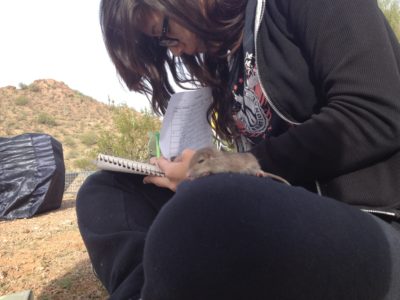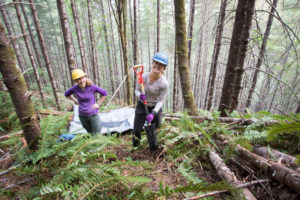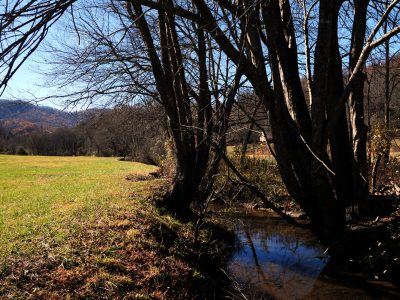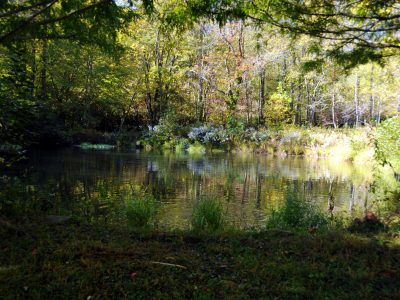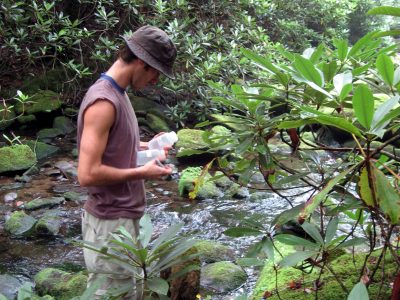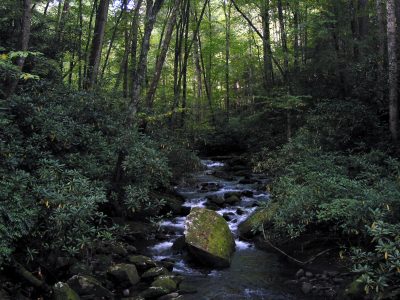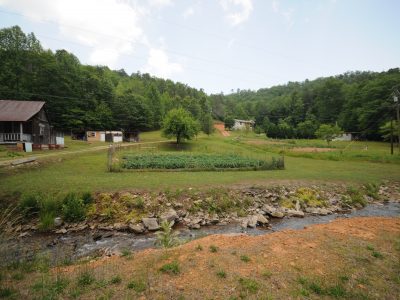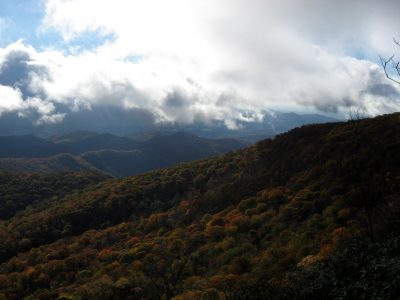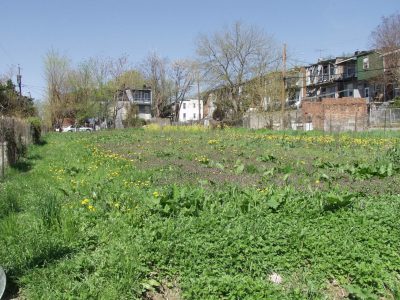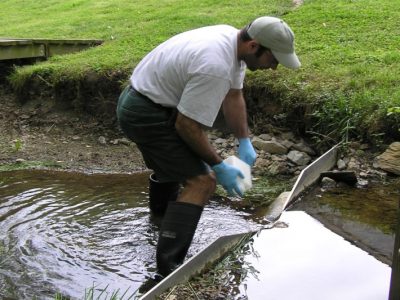Traditional land classifications in the US emphasized the contrast between urban or built-up versus wild or managed lands. Based on that fundamental split, urban lands have been subdivided into such categories as commercial, residential, transportation, industrial, and mixed urban. For some purposes, this relatively coarse classification is useful. However, scientists interested in the joint social and ecological function within complex urban areas found the traditional classification to be too coarse. This was not a matter of resolution of remotely sensed images, but because the theory behind the classification assumed land cover to be coarsely differentiated. When social scientists and ecologists tried to use the traditional classification to understand how the complex land covers they observed in cities and suburban areas linked to ecosystem functions, they were disappointed. This led them to develop a new way to classify the combined social and ecological patchiness they observed in urban areas.
The new system is called HERCULES, which stands for High Ecological Resolution Classification for Urban Landscapes and Environmental Systems. The investigators started from first principles, and assumed that biological, physical, and social products together determine the structure of urban lands. They recognize three components of urban land cover:
- The nature of the ground surface
- The nature of any vegetation present
- The nature and cover of buildings
Each of the three cover types can account for from 0 to 100% of the surface of a patch.
Patches can be recognized based on an internally consistent mix of these three kinds of cover. In particular, the ground can be either bare or paved, vegetation can be trees and shrubs, or made up of crops, turf grasses, or other herbaceous plants, and buildings can be isolated low structures, large footprint structures of various heights, or rows of connected structures.
Urban socio-ecological research has benefitted because long-term changes in urban areas can be understood in detail using HERCULES. Under the traditional classification, change was only recorded when a patch shifted from one major category to another, such as from residential to commercial or transportation. HERCULES draws attention to more subtle changes, such as amount of pavement in a neighborhood, or losses or gains in vegetated cover over time, or the shifts in the extent of patches over time.
Unlike the traditional classifications, HERCULES allows researchers, planners, and decision makers to understand the combination of social artifacts and natural components throughout a metropolitan area. An example is the relationship of the amount of nitrate pollution in streams draining parts of the Gwynns Falls watershed of metropolitan Baltimore, MD with the land cover of those small watersheds. They found that nitrate pollution is statistically associated with changes in patch features as assessed by HERCULES, but is not predicted by the traditional classification. Such findings have contributed to regional policy decisions to increase tree canopy cover throughout urban regions as a stormwater improvement strategy. Such improvement is key to improving the environment of both local neighborhoods and the water quality of the Chesapeake Bay.

